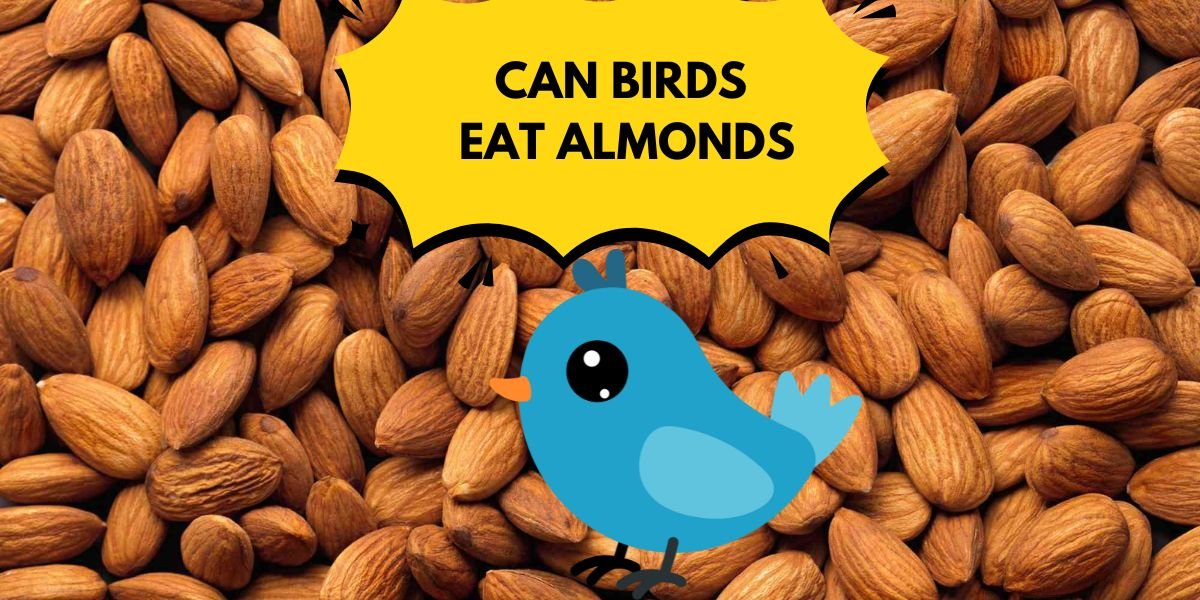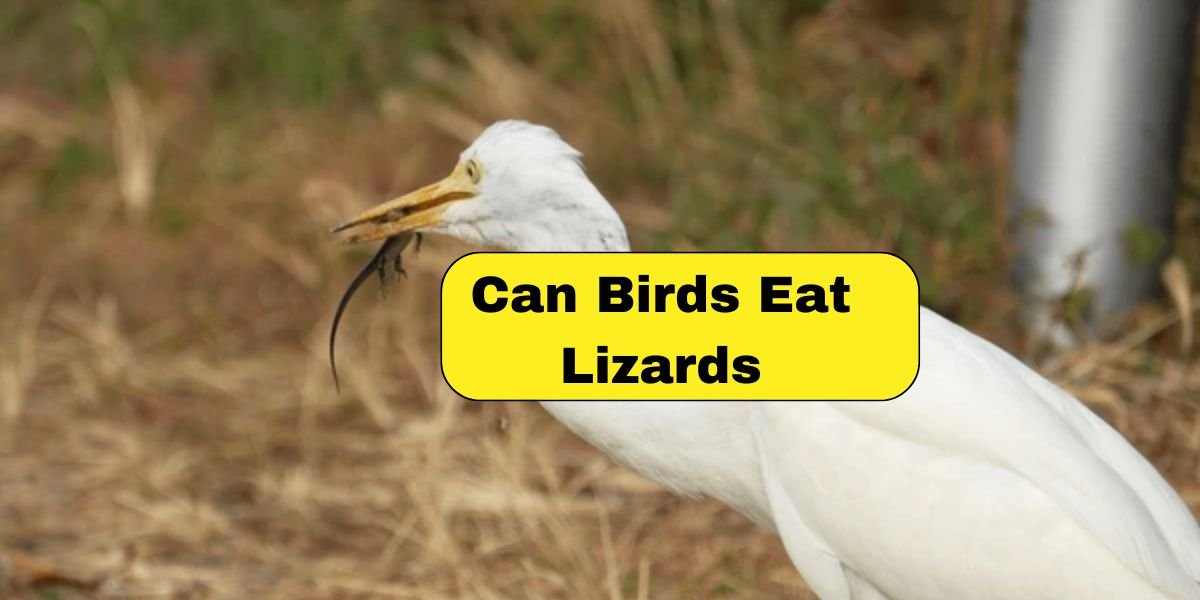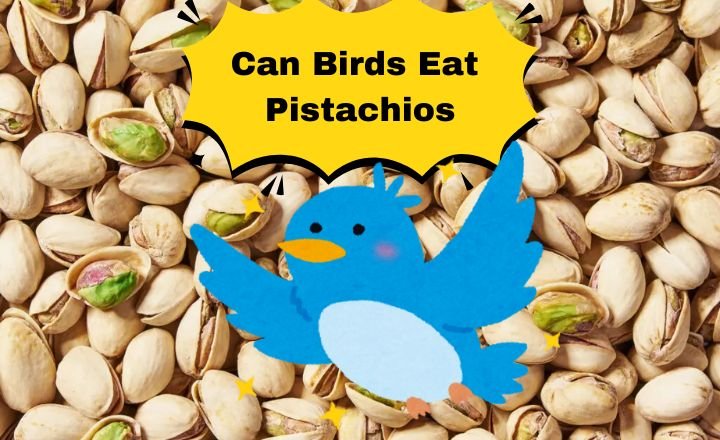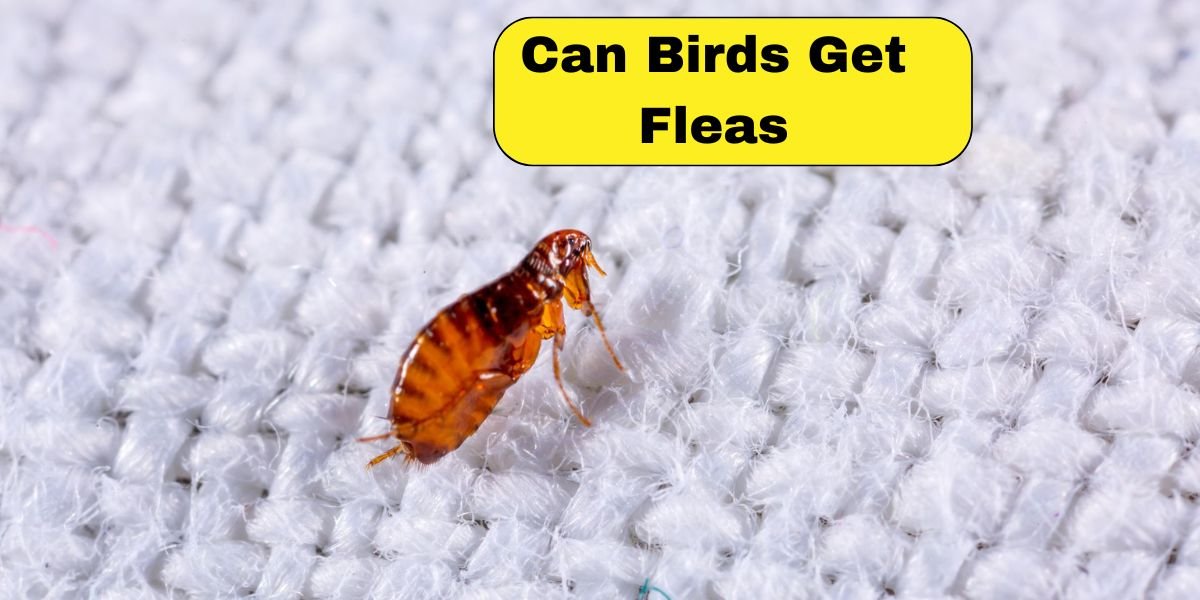Can Birds Eat Almonds?
As the sun rises and fills the world with light, flocks of birds take flight, their vibrant colors a feast for the eyes. But have you ever wondered what lies beyond the seeds and berries they typically enjoy.
With almond trees blossoming in many backyards and parks, it’s only natural to question: Can birds eat almonds? This seemingly simple question opens up a fascinating dialogue about avian diets, dietary restrictions, and the nutritional benefits or drawbacks of introducing nuts into their meals.
Almonds are not just delicious snacks for humans; they’re packed with nutrients that contribute to heart health and cognitive function—so could these benefits extend to our feathered friends.
In this guide, we’ll delve into whether almonds can be safely consumed by various bird species, explore any potential risks involved, and provide insights into how nuts fit into a balanced diet for our avian companions. Join us as we unravel this nutty conundrum!
Which Birds Might Eat Almonds?
Several birds that might eat Almonds are listed below.
- Blue Jays
- Woodpeckers
- Chickadees and Nuthatches
- Titmice
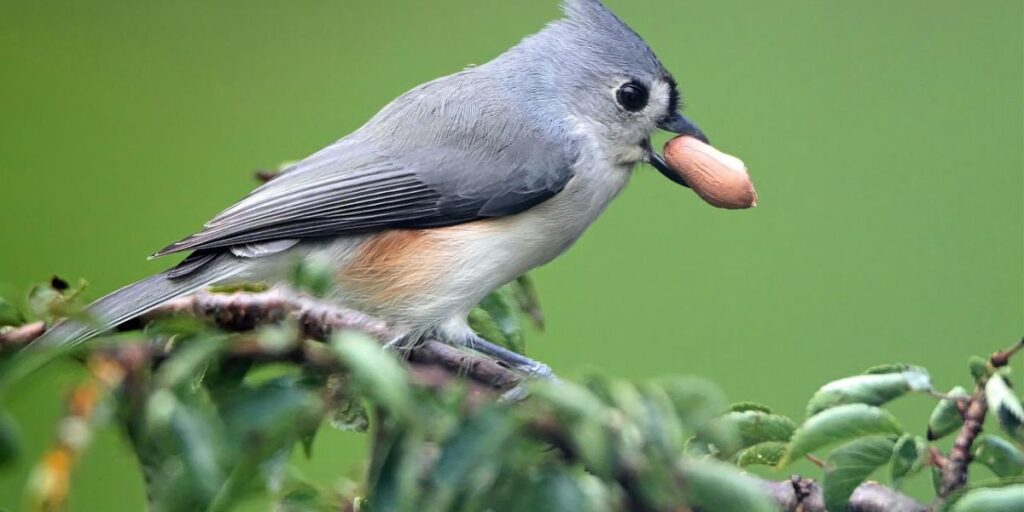
Blue Jays
Almonds can be offered to Blue Jays as an occasional treat but should be prepared properly to ensure their safety. It’s essential to serve unsalted and unseasoned almonds since added salt or oils can be harmful. Blue Jays have robust digestive systems capable of handling larger nuts compared to other bird species.
Woodpeckers
Woodpeckers are fascinating creatures, known for their distinctive drumming sounds that reverberate through forests. These birds have a unique adaptation: their strong, chisel-like bills allow them to bore into trees in search of insects beneath the bark. woodpeckers exemplify the intricate relationships within nature.
Certain species can be seen sifting through fallen leaves and debris below trees where they sometimes find nuts and seeds. While it’s commonly thought that such birds primarily consume insects, many woodpeckers enjoy almonds and other nuts when available.
This dietary diversity underscores an important point: woodland ecosystems thrive on interactions between different species as they share resources like food—making woodpeckers not just insectivores but also versatile participants in maintaining ecological balance.
Chickadees and Nuthatches
Chickadees and nuthatches are not just delightful visitors to our backyard bird feeders; they also showcase fascinating behaviors that enhance our understanding of avian adaptability. chickadees often cache seeds by hiding them in bark crevices, nuthatches take it a step further by using their unique ability to flip upside down on trees, allowing them access to food sources other birds might overlook.
This agility provides them with an evolutionary advantage as they navigate their environment. Unsalted and sliced almonds can provide beneficial nutrients in moderation for these species. While nuts like almonds offer healthy fats and protein, it’s essential to ensure that they are part of a varied diet rather than the primary source of nourishment.
Titmice
Titmice enjoy a range of nuts, and almonds in particular can provide them with essential nutrients. When offering almonds to these delightful birds, it’s recommended to use unsalted varieties without any added seasoning.

This ensures the health of the titmice as excessive salt or flavoring can be harmful. Observational studies have shown that providing such snacks in feeders not only attracts them but encourages social interactions among various bird species visiting your yard.
How to Serve Almonds to Birds
Many bird species can enjoy almonds as a nutritious treat, it’s vital to offer them in moderation. Almonds should be unseasoned and free from any additives; raw or blanched almonds are ideal choices. To entice your feathered friends, try crushing or chopping the nuts into smaller pieces—this not only makes it easier for smaller birds to eat but also stimulates their natural foraging behavior.
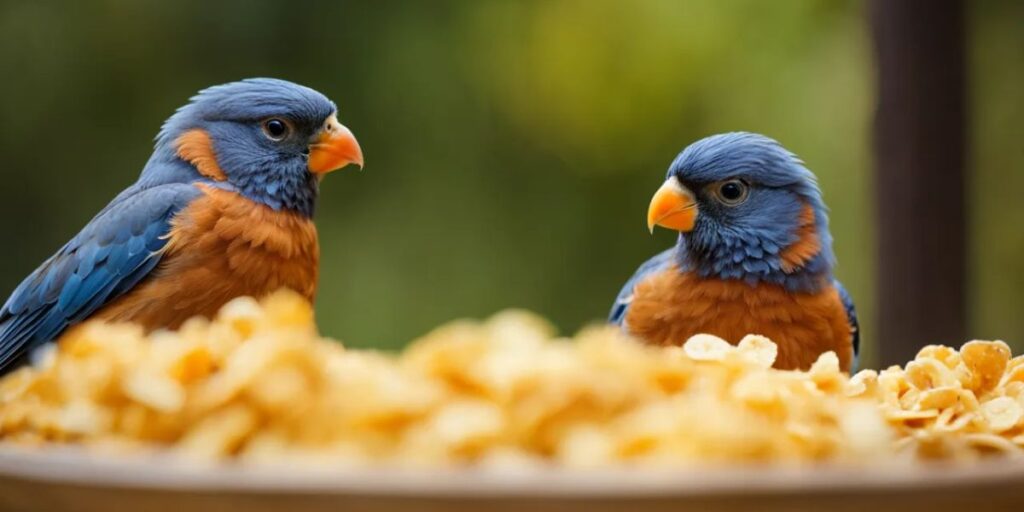
Creating a delightful feeding station can enhance the experience both for you and the birds. Consider scattering almond pieces on a platform feeder or mixing them with seeds in a sturdy tray. You might even want to incorporate visual elements like colorful fruit offerings alongside the nuts, attracting more variety of species.
Avoid Unwanted Visitors
Creating a barrier using natural deterrents can help keep these uninvited guests at bay. For example, planting aromatic herbs like mint or rosemary around your feeder area may dissuade critters from approaching.
In some cases, a simple change in feeding location—opting for elevated platforms or less accessible spots—can make all the difference in safeguarding your birdwatching experience while still ensuring your avian population receives their proper nourishment without interference from less desirable visitors.
Final Words
Can birds eat almonds? Almonds can be a nutritious treat for many bird species, providing essential nutrients and healthy fats that support their overall well-being. it is crucial to offer them in moderation and ensure they are unsalted and unseasoned to prevent any potential health risks.
Always monitor your birds for any adverse reactions when introducing new foods into their diet. By incorporating almonds thoughtfully, you can diversify your feathered friends’ food options while keeping their dietary needs in mind. So, next time you’re enjoying a handful of almonds, consider sharing a few with your avian companions!

